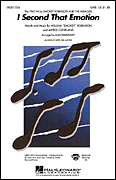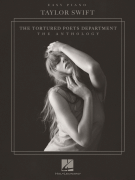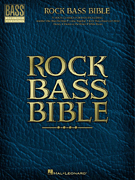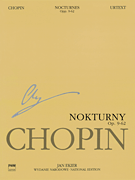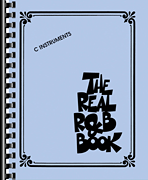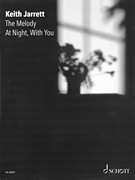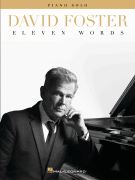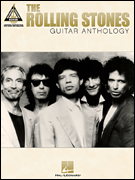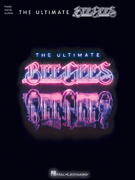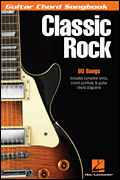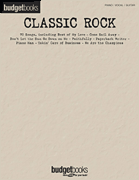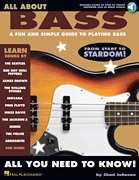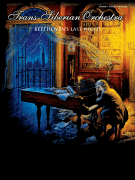Search Results for: “Emotion”
Loading...
Best Of My Love View 87 Products
Sweet Emotion View 47 Products
I Second That Emotion View 23 Products
Emotion View 20 Products
Emotional Rescue View 16 Products
Emotions View 14 Products
So Emotional View 7 Products
Emotionally Yours View 3 Products
Real Emotions View 3 Products
Show Some Emotion View 1 Product
Private Emotion View 1 Product
Private Emotion View 1 Product
High On Emotion View 1 Product
I Second That Emotion View 1 Product
Slow Emotion Replay View 1 Product
Song & Emotion View 1 Product
No Room For Emotion(Downe/Muscat View 1 Product

